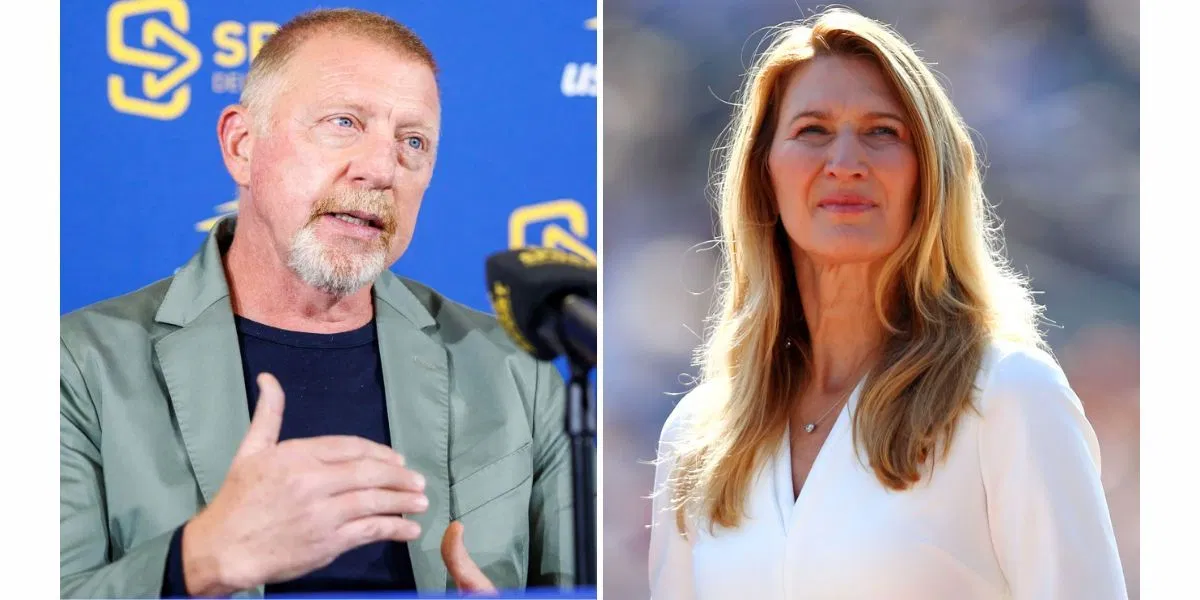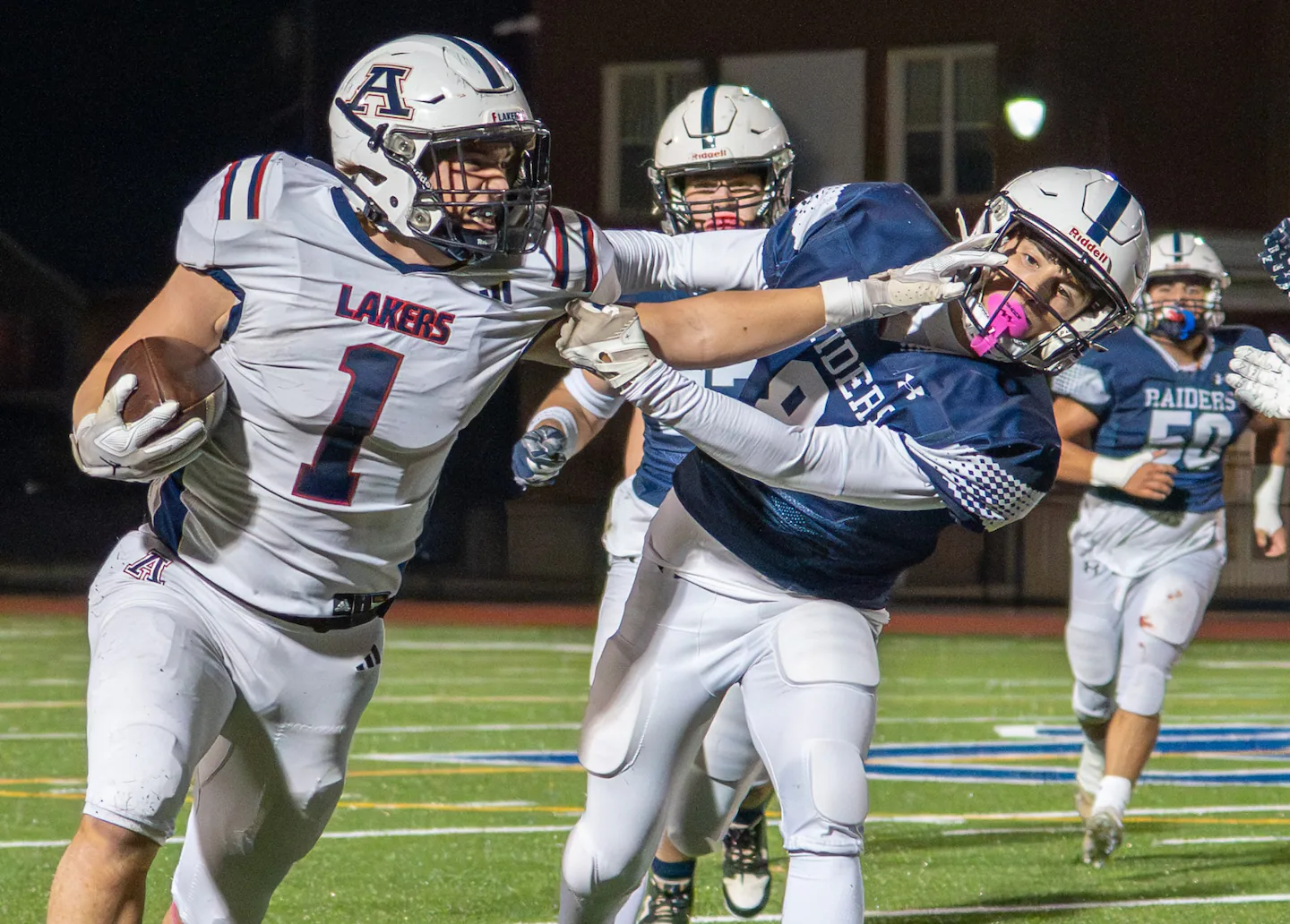Copyright Cable News Network

Entering the winemaking business is not for the faint of heart. Doing so with no prior experience, on the edge of a desert where temperatures hit 50 degrees Celsius (122 degrees Fahrenheit), might be considered foolhardy. But for Rudie van Vuuren, the gamble paid off. Van Vuuren is the managing director of Neuras Wine and Wildlife Estate, 140 miles south of Windhoek, Namibia. Situated in the foothills of the Naukluft Mountains, on the fringe of the Namib Desert, the boutique operation is, according to its owners, the driest vineyard outside of the Atacama Desert in Chile. Wrangling a hostile climate as well as hungry baboons, Neuras has plotted a journey from amateur enthusiasm to award-winning winemaking, putting this remote corner of Africa on the grape-growing map. In recent years the tiny vineyard has won international medals, including golds and double golds, for its red wine, ruby dessert wine and “nappa” (a spirit similar to grappa). The winery manager says that none of this would have happened without the unlikely help of a leopard called Lightning. Van Vuuren had lived multiple lives before pursuing winemaking. A medical doctor who was also a member of the Namibian national cricket and rugby teams —and who played at World Cups in both sports — he became a conservationist. In 2009, Van Vuuren was in a helicopter, tracking a leopard, Lightning, which had been rescued then released into the wild. Suddenly below him appeared a desert oasis. The land, he learned, belonged to a retired Shell executive who had nurtured vines on a small area of his 14,500-hectare tract. Van Vuuren descended to inform him there was a big cat on his property and fell in love with the vineyard — and its wine. “I went back and told Marlice ( van Vuuren, Rudie’s wife) about the place and she just said, ‘Is there water? What’s the camp look like? What do the roads look like?’” he recalled. “I said, ‘I didn’t look at any of that, I just looked at the wine — and we’re going to buy Neuras.’” In 2011, the vineyard and surrounding land became part of the couple’s conservation program, the Naankuse Foundation. “It was perfect,” said Van Vuuren. The site could be used as a release point for animals into the neighboring Namib Naukluft National Park, “and on top of that, you had the economic engine of winemaking” — the proceeds of which could fund their conservation work. Without any professional knowledge of winemaking, the Van Vuurens’ engine was never likely to hit top gear. It took the couple over a decade to hire the right person to elevate their part-time venture into a serious business. That person was South African winemaker Braam Gericke. Gericke talks about winemaking in mystical terms (“it’s not work, it’s a form of art;” “you don’t change vineyards based on what you want; vineyards change you”) but his deft touch has paid dividends. “He was the one who cracked the code,” said Van Vuuren. Grapes are grown under netting to keep off hungry baboons and kudus (large antelopes) that roam the area. Each January, half a dozen employees harvest grapes by hand between 6 a.m. and 7:30 a.m. precisely, says Gericke, before the heat of the day sets in. After barrel fermentation for 12-18 months, a “really old school” manual bottling line is set up, where no more than 200 bottles of a given wine are produced in a season. “I like to think of it as Old World winemaking meeting New World winemaking,” he added. The location’s secret sauce is how the vines are watered. In a region that can receive as little as 5mm (less than half an inch) of annual rainfall, Neuras has the good fortune of sitting on a basin with five underground freshwater springs. “It’s the purest form of water that you can get,” said Gericke. He says the water has been carbon dated and takes 1,800 years to reach the point where it is collected and used in a drip irrigation system. “We considered expanding the vineyard when we started being successful, and then sanity prevailed,” said Van Vuuren. In fact, he explained, a water study of the property found that the vineyard couldn’t expand with the available resources. “We now respect what nature has decided for us. We’re going to keep the vineyard small (and) we are going to make sure the quality is where it is now, and gets even better,” he added. The skill of Gericke and his team, as well as time and weather, will play a large part in the vineyard’s future success. Climate change is making winemaking an increasingly volatile business. Many wine growing regions around the world could be unsuitable for grape growing should the planet breach 2 degrees Celsius (3.6 degrees Fahrenheit) of human-induced climate change, according to a 2024 report. The race is on for winemakers: vineyards are ripping up vines to replace them with more resilient varieties, and some European producers are looking north to land with similar growing conditions to futureproof their businesses (see: champagne houses buying up parts of Kent in the UK). Does Neuras offer a blueprint for success? “We grow and make wine in extreme conditions. Intense heat, little rain … (and) climate change (is) only amplifying that,” said Van Vuuren. “So instead of resisting, we try and learn to adapt.” “Our water management approach takes every element into consideration: cultivar, temperature, soil composition, depth of the vine’s roots. It’s a science on its own,” he added. “You have to listen to the vine. It tells you what it needs and when.” That said, Neuras has one eye on necessary changes. The vineyard is exploring growing Pinotage, a red grape, known for its resilience and lower water requirements, said Van Vuuren, on an unconventional trellis system better suited to dry conditions. “While water limits physical expansion, it inspires smarter viticulture,” he added.



